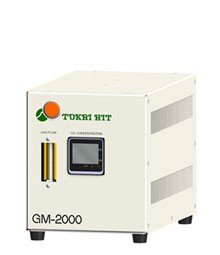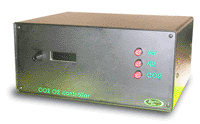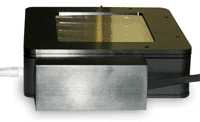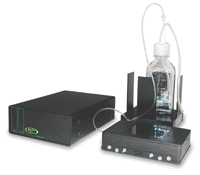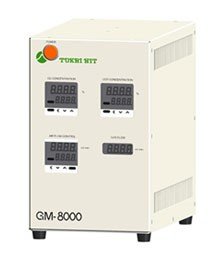Gas Mixer
Showing all 4 results
Showing all 4 results
Digital / Analogue Gas Mixers for Microscopy Imaging
Gas mixers are devices used in microscopy imaging to control the concentration of gases, such as oxygen and carbon dioxide, in the imaging environment. The concentration of these gases can have a significant impact on the behavior and physiology of cells and tissues, making it important to precisely control the gas concentration during imaging.
Gas mixers are typically used in microscopy imaging techniques that require live-cell imaging, such as confocal microscopy, time-lapse microscopy, and live-cell imaging of cell signaling. In these techniques, the cells are maintained in an imaging chamber where the gas concentration can be controlled to mimic the physiological conditions of the cells.
Gas mixers work by mixing gases from two or more input sources to achieve a specific gas concentration. The gas mixture is then delivered to the imaging chamber via tubing or a gas diffuser. The gas mixer is typically controlled by a computer, which allows for precise control of the gas concentration and can be programmed to change the gas concentration over time.
There are different types of gas mixers available for microscopy imaging, such as the mass flow controller (MFC) and the solenoid valve-based gas mixer. MFC-based gas mixers are preferred for their high accuracy, fast response time, and wide range of flow rates. Solenoid valve-based gas mixers are more affordable and suitable for applications where high accuracy is not critical.
Overall, gas mixers are essential for live-cell microscopy imaging as they allow for precise control of the gas concentration, which is critical for maintaining the physiological conditions of the cells and obtaining accurate and reproducible imaging results.

